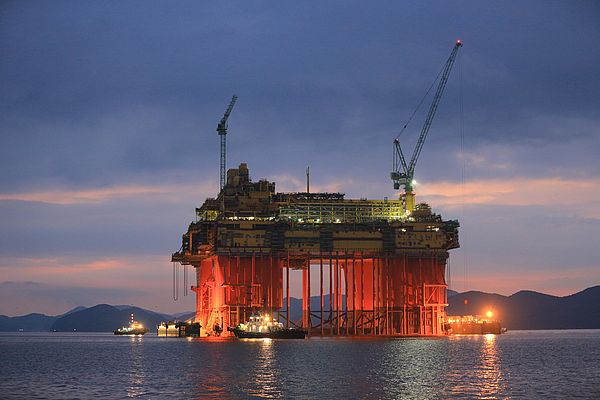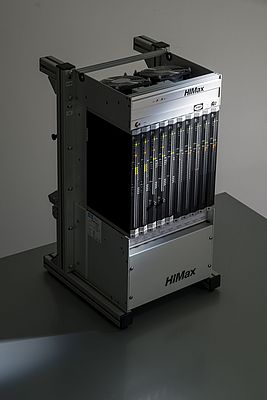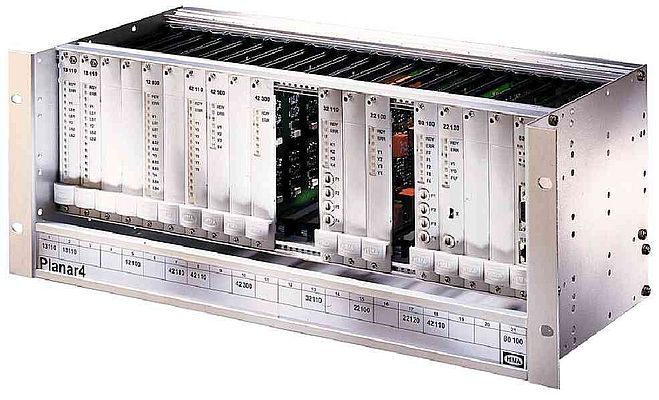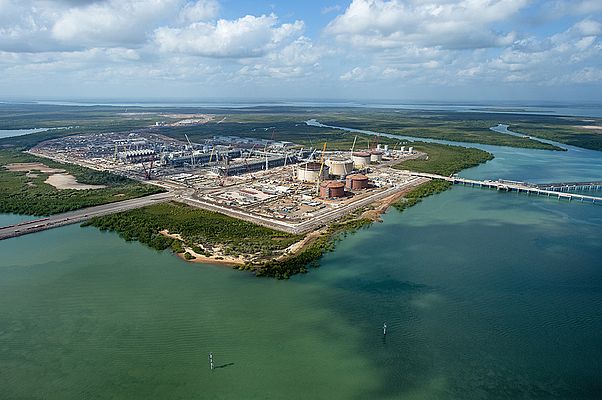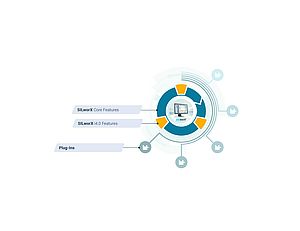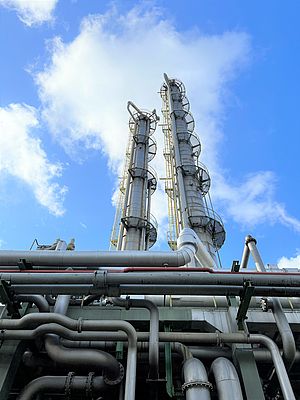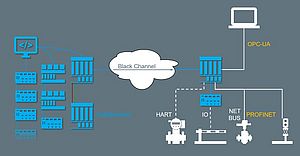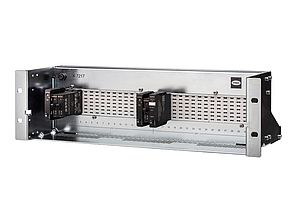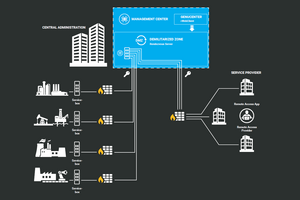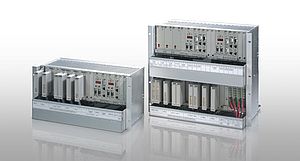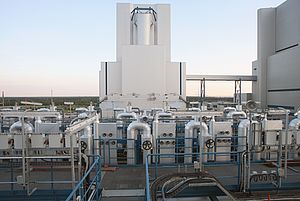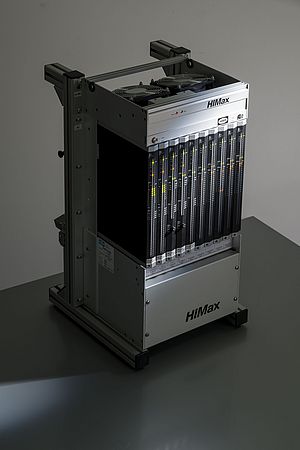Safety engineering is provided by HIMA Paul Hildebrandt GmbH, headquartered in Bruehl, Germany. The company is supplying 430 control cabinets, including fire and gas protection systems (F&G), high-integrity pressure protection systems (HIPPS) and the connections to all relevant facilities.
Modular, mammoth project
For HIMA, the key challenge is not the spatial and technical size of the project or the material used. Rather, it is the coordination across national borders and cultural differences. Other important factors include a strict time schedule between engineering input and acceptance, as well as additional design modifications that must be made in time for subsequent operations. Project management coordinated from Bruehl synchronized the numerous interrelated process steps over several years, enabling successful implementation.
From the initial planning phase to the final acceptance
Prior to the start of the contract, HIMA experts and the basic process control system (BPCS) supplier tested and validated hardware and software functions. The HIMA team dealt primarily with the engineering and the design. The aim was to clarify specifications in order to minimize subsequent plan corrections and the additional time this would involve. Specific applications and various interconnection possibilities of field devices were considered from an upstream perspective.
The onshore and offshore facilities and the pipeline are connected to a total of 25,000 safety-related input and output points. Safe networking was implemented using HIMA's safe Ethernet protocol. Cybersecurity and network management includes the installation of associated hardware and components such as smoke detectors in employee living accommodations. Numerous workstations and servers, along with an additional recovery system, are other components of the safety solution.
In addition to ensuring safety, HIMax® safety controllers from HIMA provide uninterrupted systems operations so as to maximize system availability and productivity. The safety systems comply with IEC 61508 and IEC 61511 standards and meet SIL 3 and SIL 4 requirements. HIMA Planar4 controllers used on the project can achieve SIL 4, the highest possible safety standard, in compliance with IEC 61508.
Worldwide coordination
Of the five HIMA locations involved in the project, Singapore is second only to Bruehl in strategic significance. In terms of worldwide coordination, Singapore offered the shortest routes for all parties involved. In addition to INPEX representatives, HIMA safety engineers and the control system manufacturer, the three contractual partners for engineering, procurement and construction (EPC) are represented on site. All contractual partners have occupied one building complex in order to communicate directly and efficiently.
In Singapore, function tests of all safety systems were performed on more than 1,200 control cabinets. In addition to the cabinets supplied by HIMA, 800 cabinets were supplied by the BPCS supplier and contractual partners. At the same time, safety engineering activities were distributed over three floors: one floor each for the semisubmersible platform, the liquefaction facility and the onshore facility. All facilities achieved 100 percent acceptance in the prescribed time.
Prepared for the future
HIMA’s ability to adapt over the years to the growing cost pressures and new complexity in plant engineering put it in position to win the Ichthys project. Changing with the times also meant developing modular, commercial off-the-shelf (COTS) systems. During large-scale projects and under extreme working conditions, COTS systems ensure higher production quality, lower prices, shorter implementation times and less effort at the construction site.
Today’s new complexity applies to more than technology. In the case of functional safety, the operator must also comply with a multitude of constantly changing laws, guidelines and standards. A functional safety management (FSM) system must be established over the entire life-cycle – from the initial design and implementation right up to the production process. Tailor-made safety solutions normally provide the operator higher system availability, lower maintenance costs and, not least of all, better insurance terms.
Author: Dieter Specht, Technical Project Director, HIMA Paul Hildebrandt GmbH


